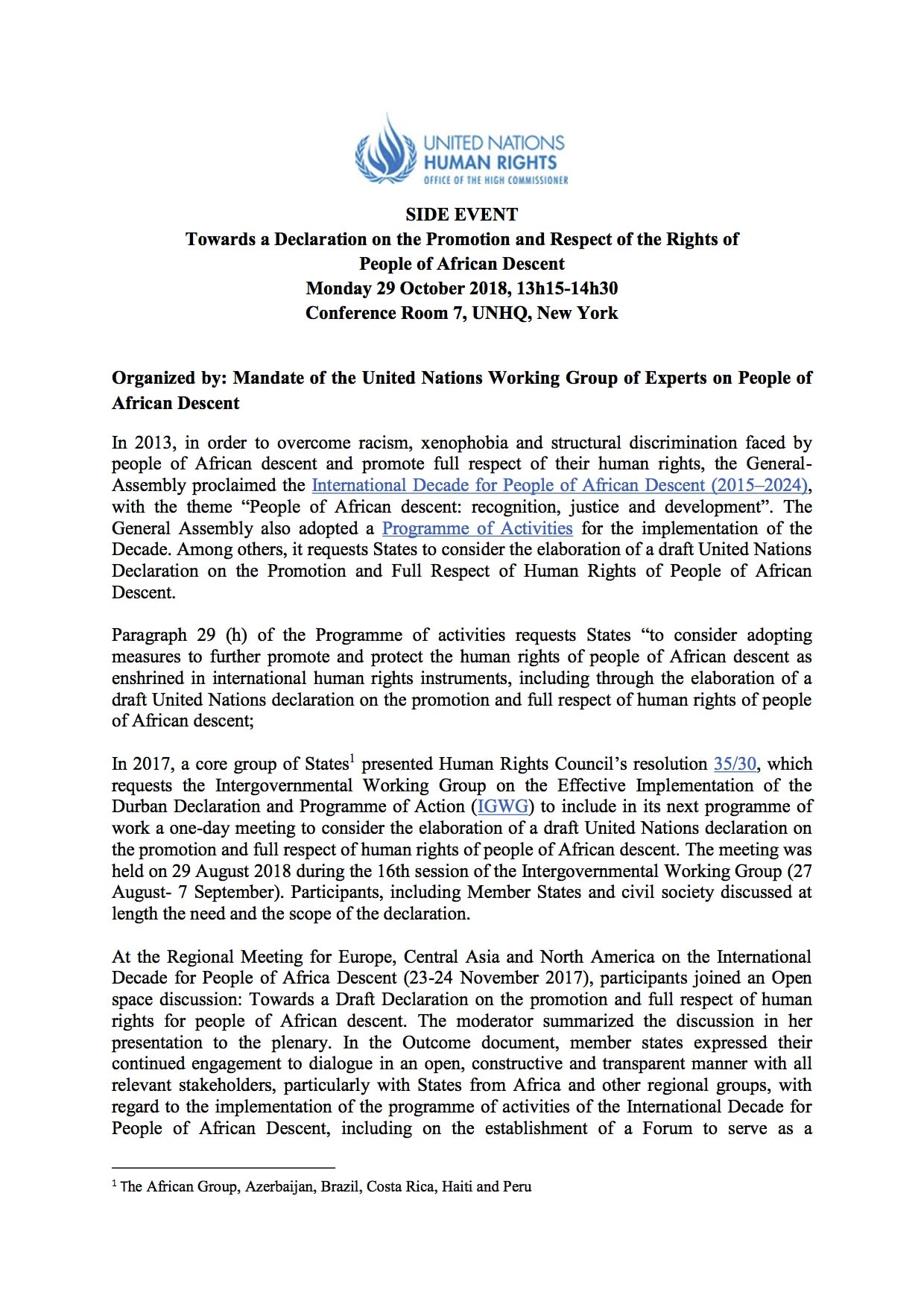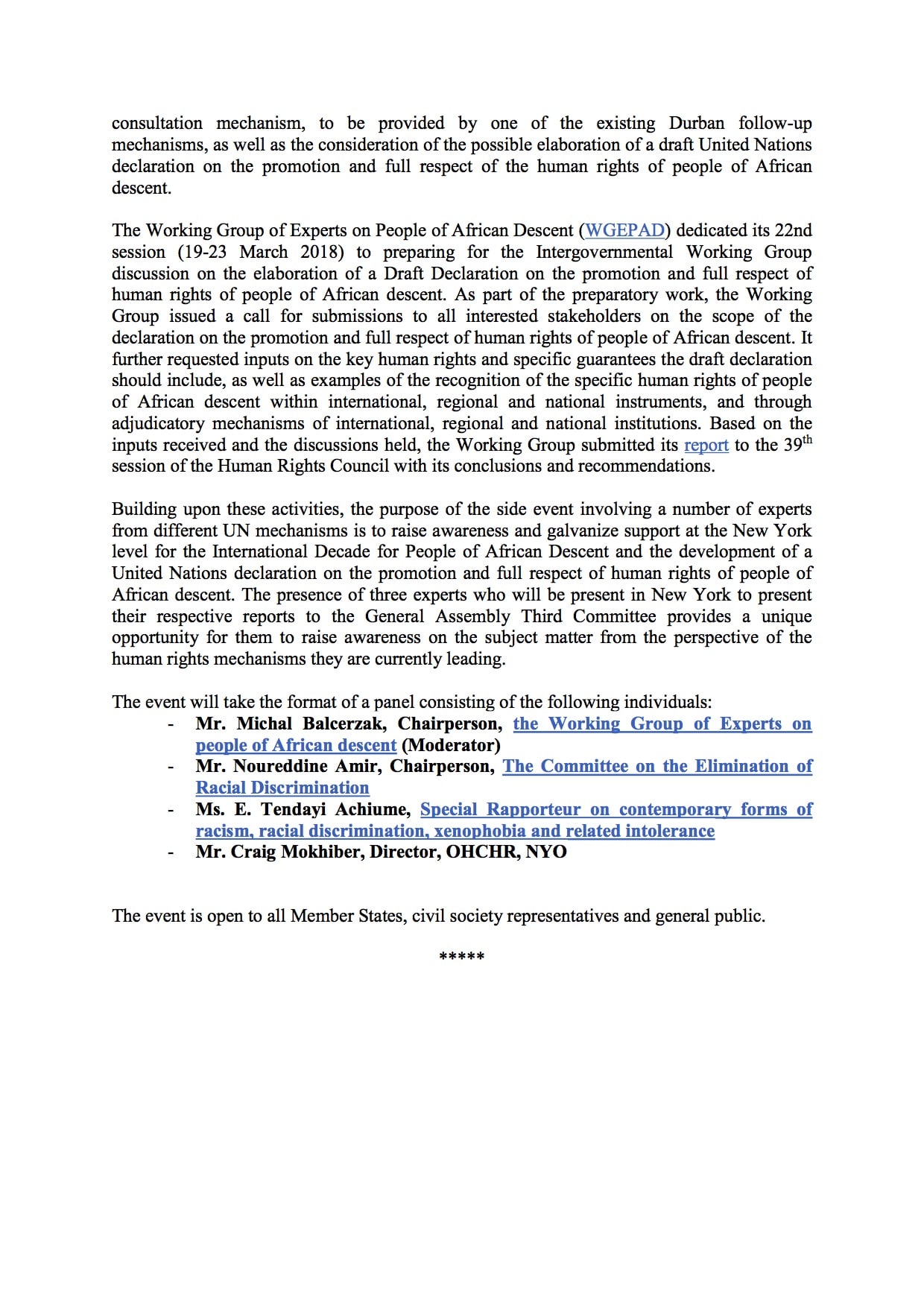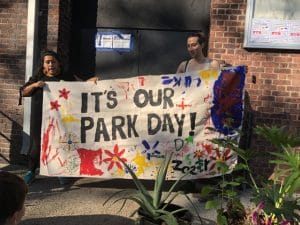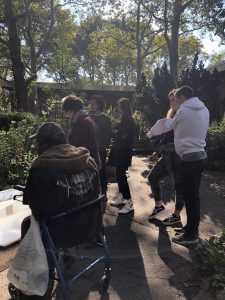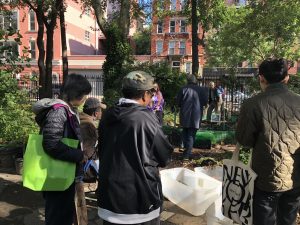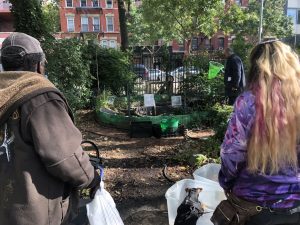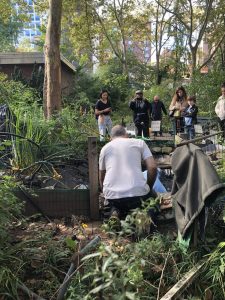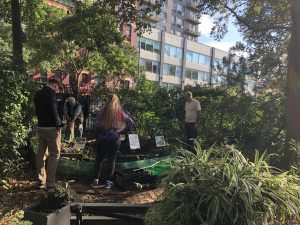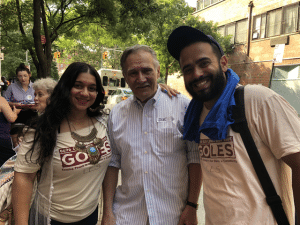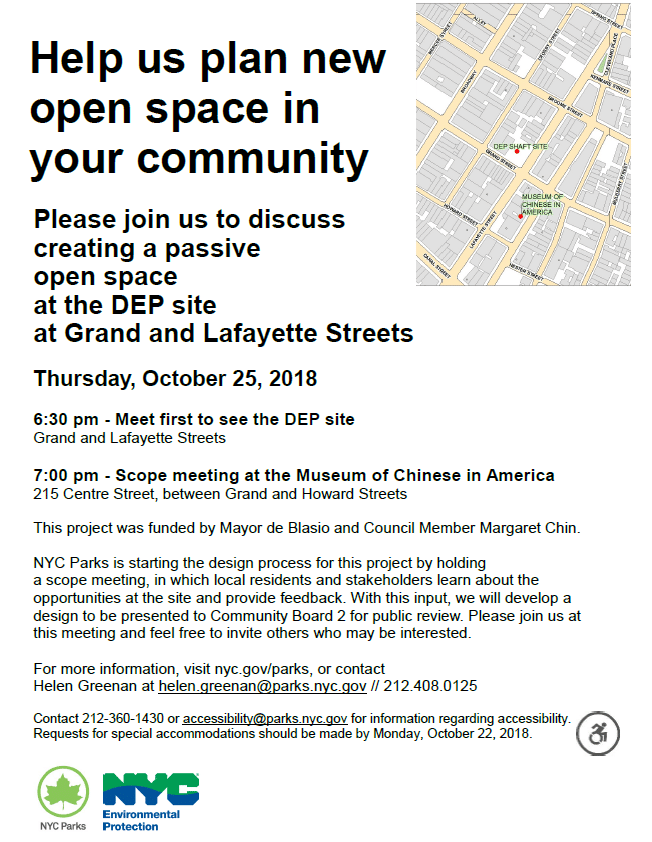Don’t miss the opportunity to receive free business counseling from professionals in accounting, financing, legal, marketing and much more.
Free Admission With *Breakfast Provided*
To RSVP Please Register or Call 212-964-6022
No pierda la oportunidad de recibir consejería comercial gratuita de profesionales en contabilidad, finanzas, servicios legales, marketing y mucho más.
Admisión Gratuita Con *Desayuno Proporcionado*
Para RSVP Por Favor Registrate O Llama 212-964-6022
Coordinated by/Coordinado Por:
Renaissance Economic Development Corporation
East Village Community Coalition
Cooper Square Committee
East Village Independent Merchants Association
Sponsored by/Patrocinadores:
NYC Council Member Carlina Rivera
State Assembly Member Harvey Epstein
NYC Senator Brad Hoylman
NYS Senator Brian Kavanagh
Manhattan Community Board 3
Honorary Co-Host/Co-Anfitrión:
Congresswoman Nydia Velazquez
Gothamist:
Will NY City Council Finally Take Action To Save Small Businesses From Extinction?
““Every single day we wait, we’re losing businesses. We’re losing 1,100 to 1,200 mom-and-pop businesses a month,” says Barrison. Since he got involved with the Small Business Congress in the early 1990s, he says, the group’s membership has fallen from 365,000 to 120,000.”
“The city corporation counsel said in 1988 that there was no state law prohibiting local commercial rent-protection legislation as long as landlords retained reasonable rights. In a 2009 memo opposing the bill, the Council’s general counsel wrote that that the state Court of Appeals had made it clear that “appropriately crafted legislation based upon adequate finding and addressing a major problem in the City would withstand scrutiny.”
The city’s 1945-63 commercial rent-control law was a wartime-emergency measure authorized by the state. It limited rent increases to 15 percent at first, with provisions for arbitration when the lease was renewed again. The Court of Appeals upheld it several times, holding that it did not unconstitutionally interfere with property rights and that it guaranteed landlords a fair return on their investment. However, the state legislature gradually weakened it, decontrolling vacant storefronts in 1950, and letting the law expire in 1963.
“We the city have the legal right to do it,” contends Councilmember Rodriguez.
Former Manhattan Borough President Ruth Messinger, who first introduced the bill as a Councilmember in 1986, says she doesn’t remember legal issues “as being central” to the debate.”


